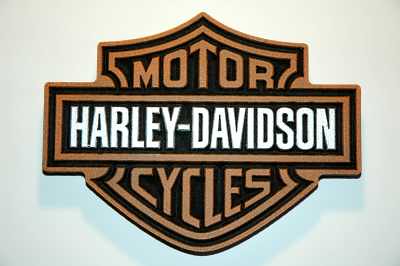I've been reading through some of the past and present threads, many of which talk about color filling various materials (plastic, metal, wood, etc).
1) What are some of the color fill materials do you use (be specific)?
2) On what material?
3) How are you applying them?
4) Any hints, tricks, comments or suggestions?




 Reply With Quote
Reply With Quote













